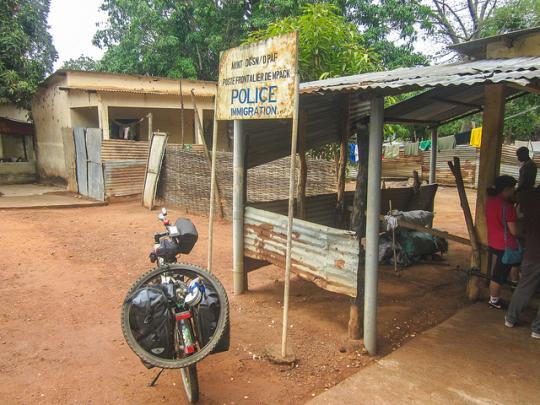 Greater attention is now being devoted to trade facilitation measures. The 159 members of the WTO agreed during their December 2013 meeting in Bali on a Trade Facilitation Agreement. And the European Commission, the World Bank, and other donors have just launched the implementation of the Trade Facilitation Support Program (TFSP).
Greater attention is now being devoted to trade facilitation measures. The 159 members of the WTO agreed during their December 2013 meeting in Bali on a Trade Facilitation Agreement. And the European Commission, the World Bank, and other donors have just launched the implementation of the Trade Facilitation Support Program (TFSP).
The TFSP is to help developing countries reform and modernize their border procedures. Such initiative is important as time delays at customs affect trade. Each additional day that a product is delayed prior to being shipped reduces trade by more than 1%. Put differently, each day is equivalent to a country distancing itself from its trade partners by about 70 km on average.
That being said, there is currently a lot of variation in trade facilitation across countries. For example, while two documents are currently required to export a container from France, it requires 10 documents to do the same in Kazakhstan. Does country size affect trade facilitation? Is some of this cross-country variation in trade facilitation due to differences in country size? Our recent research paper, “Trade Facilitation and Country Size,” attempts to answer this question.
We extend the literature beyond the conventional trade openness measures in an important way. In contrast to existing studies, we focus on micro-level trade facilitation or “inside the border” measures to define how liberal the trading regime is. We perform a precise analysis of the relationship between country size and the number of documents required to export and import, a measure of trade facilitation.
Three results follow. First, trade facilitation does improve as country size becomes smaller; that is, small countries perform better than large countries in terms of trade facilitation. Second, the relationship between country size and trade facilitation is non-linear. It is much stronger for the relatively small than the large countries. Third, contrary to what existing studies might suggest, the relationship between country size and trade facilitation does not appear to be driven by the fact that small countries trade more as a proportion of their gross domestic product than large countries.
There is a large body of work that shows that small countries are likely to benefit more from international trade or a liberal trading regime than large countries. Smallness of market limits the exploitation of economies of scale, forcing the relatively small countries to expand market size through international trade beyond their political borders. However, most of the evidence on the relationship between trade openness and country size is largely focused on measures of trade openness that include trade volume and border taxes.
Our paper extends these findings by showing that small countries perform better than large countries in terms of trade facilitation, too. That is, the number of documents required for export and import clearance, a measure of trade facilitation, tends to increase sharply with country size, proxied by total population. Will the TFSP start in smaller or larger countries? Time will tell.


Join the Conversation